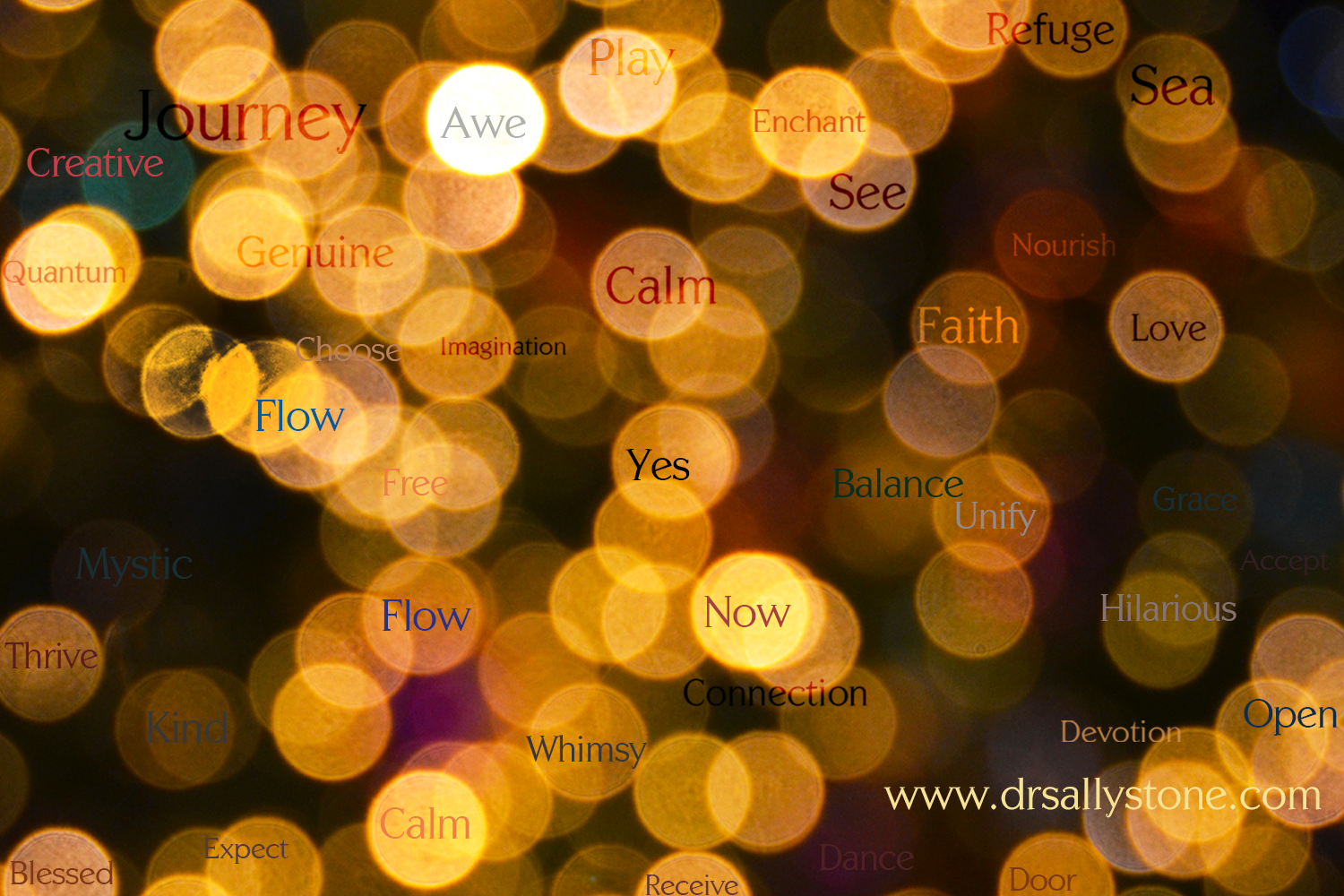 Overcoming Anxiety
Overcoming Anxiety
The restless turmoil of spinning thoughts, tight breathing, stomach flips, and roaming physical tension. In a state of anxiety the mind conjures up terrible “what if” scenarios. When your head hits the pillow, the mind starts spinning. Wrestling with anxiety can be exhausting.
So dare I say this awful intrusion might actually be your friend? Might anxiety have an important message that could help you overcome it? I think it does.
Disorder or Opportunity?
About 40 million adults in the USA suffer from anxiety[i]. The DSM (Diagnostic and Statistical Manual of Mental Disorders) classifies many types of anxiety as disorders. Medical-izing the term “anxiety” makes it sound even worse. This is why I prefer to think of anxiety as worry, fear, or concern of varying degrees.
Anxiety, Fear, Worry & Failure
I’ve worked with students and clients from age five to age sixty-five who’ve expressed “anxiety” about a range of issues: test performance, sports performance, work performance, food addictions, chronic pain, grief, money, creativity, and relationships. I’ve personally experienced worry, fear, and concern about health, relationships, and public speaking. The reason why “anxiety” accompanies so many issues is because we don’t want to fail, be embarrassed, lose control of our lives, or, at worst, be harmed or even die.
But I’ve seen that no matter what the worry, fear, or concern is about, there are a few strategies we can use that will redirect our energy and alleviate the unpleasant physical, emotional, and mental sensations.
1. Reconnect To Your Purpose
When aiming for an important, heart-felt goal, the prospect of failure can be overwhelming. That’s when performance anxiety begins. This is a good time to remember why you set this goal in the first place.
 A woman who’s studying to be a special education teacher came to see me for “test anxiety.” She has a rare gift for working with children who don’t fit in because of their profound disabilities. She feels her life purpose is working with this unusual population, but worried she might fail two state tests. Failing these tests would prevent her from moving on with her training program.
A woman who’s studying to be a special education teacher came to see me for “test anxiety.” She has a rare gift for working with children who don’t fit in because of their profound disabilities. She feels her life purpose is working with this unusual population, but worried she might fail two state tests. Failing these tests would prevent her from moving on with her training program.
If you’ve stepped into the goals associated with your gift, you’ve already done half the work. And you know that expressing your gift in the world brings rewards and challenges. For her, the challenge was a literal test. But truly speaking, if you’re working toward living your life purpose, all of your challenges test your resolve.
The question is: how do we pass those tests?
2. Objectify Your Anxiety
My client had been telling herself she had “test anxiety” since grade school. It sounded like a chronic disease! In fact, she’d been taught to diagnose her students and use these diagnoses to help them. In the process, she’d diagnosed herself and felt awful.
A diagnosis is like a double-edged sword. The diagnosis can help to understand the person, feeling, or situation. But the diagnosis can also be a barrier to finding your strength and a way out.
In reality, identifying yourself with a fear or anxiety, and thinking all the time, “I am anxious” or “I have anxiety,” can be crippling. The  feeling becomes bonded, like glue, to your being.
feeling becomes bonded, like glue, to your being.
A helpful way out is to “objectify” the feeling. When we “objectify” the feeling, we make it into an object outside of ourselves. To do this, you choose an actual object to represent your anxiety or fear. (This is a family constellation process.) My client chose a dinosaur.
Coincidentally, many people identify their specific anxiety as a “monster” of some sort. But now that this monster had been acknowledged, at least it was no longer stuck inside of her. We looked at the dinosaur together and talked about what made tests feel like such monsters.
Objectify Your Anxiety: Do you “have” an anxiety that feels like a part of you? If so, choose an object to represent it and put it on the table.
3. Reframe It, Transform It
Once an anxiety has been objectified, it can be reframed. Reframing means to look at something familiar in a new way. Was the test really a monster? Looking at the dinosaur, she realized the test was just a gate she had to pass through to live her life purpose.
 The gate still felt menacing to her because it was guarded by dinosaurs. But now we could ask the real question: what tools did she need to open and pass through the gate? This question magically transformed her “test anxiety” into “test preparation.” Now she could channel her concerns into preparing for the test. It’s the same with project anxiety, speaking anxiety, work anxiety, sports anxiety, and other types of performance anxiety. Preparation is key to passing the test.
The gate still felt menacing to her because it was guarded by dinosaurs. But now we could ask the real question: what tools did she need to open and pass through the gate? This question magically transformed her “test anxiety” into “test preparation.” Now she could channel her concerns into preparing for the test. It’s the same with project anxiety, speaking anxiety, work anxiety, sports anxiety, and other types of performance anxiety. Preparation is key to passing the test.
Reframe Your Anxiety: What’s your anxiety like? Is it a gate to a larger vision or purpose?
4. Identify Your Resources
To prepare for anything, you need resources. Some are right inside yourself, others are all around just waiting to be tapped.
Inner Resources
Inner resources like character, personality, talent, and inner strength are the most important resources we can bring to any situation. They help us stand tall and face challenges.
So I asked my “test performance” client to talk about her strengths. She excelled in language skills, which was evident in our discussion and guess where else—on tests! So it wasn’t all bad. This was important to acknowledge.

When I asked her to identify an object to represent this strength, she chose an angel! It turned out that she knew, intuitively, that her strengths held great power and light. Seriously, what better helper could she have chosen to fend off monsters and fly through a gate than an angel?
The fact is your inner resources are all angels helping you succeed at your life purpose and the “dreaded tasks” that pop up along the way.
Identify your inner resources: What are your inner resources? Can you find your inner angel?
Outer Resources
It turned out that my client had bad memories of math tests that resulted in math avoidance and rusty math skills. But an unpleasant memory doesn’t have to define the future. As a mentor of mine once said, “Look at your history, but don’t stare.”
She needed a math tutor to boost her confidence and skills. Other examples of resources I’ve seen clients use include an Ironman sports performance athlete who chose a dolphin to swim alongside her in order to break through a childhood fear of drowning. Movie and TV characters have been used to calm pain and remove warts. Family members, ancestors, and spiritual beings bring added support and specific guidance. Any dependable source of support can help— teachers, mentors, angels, spirit guides, God, animals, and so forth.
Identify your outer resources: Who and what are your outer resources?
5. Resources In Action
I take my clients into hypnosis with their resources, but you can take them into your own meditation, self-hypnosis session, and especially on the go as you engage in preparation and the task itself.
In hypnosis, my test performance client experienced a confidence and angelic light that carried her past the monsters and through the gate. On a practical level, she worked with a math prep tutor, who boosted her skills. She passed both of her tests and felt relaxed and supported the entire time. She knew she might not  pass, but she also realized she had the skills and support to do well. Her preparation, support system, and faith in her life purpose carried her through the gate. She left the monsters behind.
pass, but she also realized she had the skills and support to do well. Her preparation, support system, and faith in her life purpose carried her through the gate. She left the monsters behind.
Use Your Strengths To Move Through Fear
Anxiety, fear, and over-worrying can be paralyzing. The intense discomfort drives many people to give up on their goal or, worse, avoid setting goals. We sometimes diagnose ourselves with “anxiety” instead of identifying and building on our strengths. We may still carry a fear of failure as we develop these strengths, but the fear and anxiety can nudge us to develop the skills and resources we need to move forward in confidence and succeed. This is what Susan Jeffers meant when she said, “Feel the fear and do it anyway.”
When Anxiety Goes Deeper
At times anxiety has a deeper source rooted in trauma, poor diet, lack of sunlight, lack of exercise, or lack of human touch. Here are some tips for moving through anxiety when the cause goes deeper.
Retrace Your Emotion Using Witness-Consciousness
If the source of anxiety isn’t an obvious performance-related concern, trace your feeling to its source with this exercise.
 Calm breathing is helpful in facing, feeling, and naming the source of an emotion. This means sitting with the emotion and allowing yourself to feel it as a witness. In witness-consciousness, you experience the emotion, but you don’t judge it or do anything about it. You
Calm breathing is helpful in facing, feeling, and naming the source of an emotion. This means sitting with the emotion and allowing yourself to feel it as a witness. In witness-consciousness, you experience the emotion, but you don’t judge it or do anything about it. You
just feel it and watch it unfold.
Anxiety Rooted In Trauma
In cases where anxiety is rooted in trauma, retracing the feeling may lead to unpleasant images and other emotions like anger, fear, betrayal, and hurt. If this happens, it’s important to realize that the event is over and the feelings are safe to feel. Allowing our emotions with self-compassion and non-judgment allows them to flow, evolve, and change.
After experiencing a deep-seated emotion from an old trauma, it’s helpful to do something soothing and nurturing. Take a walk, take a hot bath, get a massage, watch a funny movie, drink a cup of tea, or whatever nourishes you. Remember to let your emotions settle down before taking any specific action
Tracing an emotion to its source can be done in a quiet state of self-reflection through breathing, meditating, walking, running, or swimming. Working with a trustworthy coach, hypnotist, or counselor can also aid us in identifying and moving through our feelings in a setting that feels safe. If you find you’re unable to work through your feelings on your own, by all means seek professional help so you have a safe environment and trained person to guide you.
Food-Related Anxiety
To feel calm and centered, our bodies must be able to produce a range of neurotransmitters in the gut, brain, and peripheral nervous system. A diet high in caffeine, sugar, alcohol, processed food, food additives, and junk food can produce food-related, chemical anxiety  and prevent you from feeling good and sleeping deeply.
and prevent you from feeling good and sleeping deeply.
In the same way, a diet high in healthy fats, high quality protein, and complex carbs—which release energy evenly in the body—will produce a smoother, calmer energy.
The complexities of food and mood could fill a book, but if you examine these basics and observe how different foods and drinks make you feel, you can begin connecting poor dietary habits to your feelings of anxiety. Once identified, you can make strategic changes to improve the way you feel.
Exercise, Sunlight, and Massage
Like food, the effect of exercise and sunlight on reducing anxiety requires another article. It’s common knowledge that receiving sunlight directly into the eyes (no sunglasses, but not looking directly at the sun) stimulates the production of serotonin, the calming neurotransmitter.
Massage also stimulates serotonin and, like exercise, will interrupt your anxious thoughts and get you back in touch with your body.
When I was going through a lot of medical treatments from 2007 through 2013, one doctor said to me, “Walk until you’re tired.” I couldn’t  take a walk until 2008, but by 2013 I had begun walking everyday until I was tired. Walking outdoors gave me a healthy dose of sunlight, took my mind off my worries, helped me reflect on and digest my life, and cleared my mind for optimum decision-making. This was one of the easiest and most helpful “prescriptions” I’d ever received. My favorite mantra has become: “You Make The Road By Walking.”
take a walk until 2008, but by 2013 I had begun walking everyday until I was tired. Walking outdoors gave me a healthy dose of sunlight, took my mind off my worries, helped me reflect on and digest my life, and cleared my mind for optimum decision-making. This was one of the easiest and most helpful “prescriptions” I’d ever received. My favorite mantra has become: “You Make The Road By Walking.”
From identifying your gifts to taking care of your body, subduing and overcoming anxiety is within your power. The side effects? Increased self-efficacy and self-esteem. Take a walk and think about it 🙂
 anx•i•e•ty
anx•i•e•ty
o·ver·come
ōvərˈkəm
To succeed in dealing with a problem, difficulty, or challenge
References
[1] https://www.nimh.nih.gov/health/statistics/prevalence/any-anxiety-disorder-among-adults.shtml
Resources
For subscribers to Wisdom Heart’s monthly newsletter, your free audio this month is Overcoming Anxiety.
To subscribe to Wisdom Heart’s newsletter, and receive monthly articles like this along with monthly audio downloads, click on “free downloads” to subscribe or fill out the opt-in form below.







